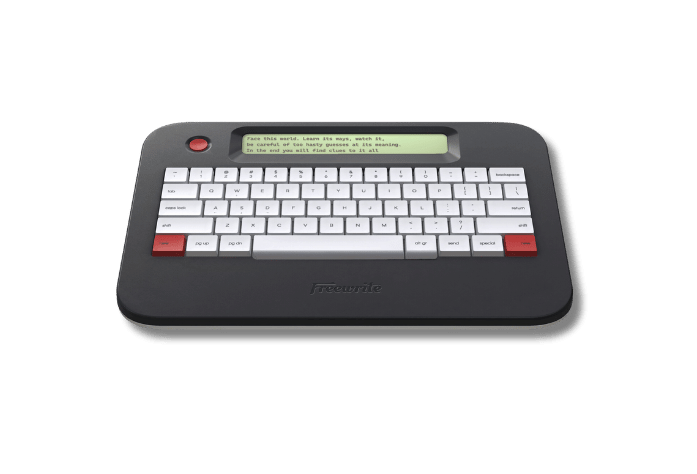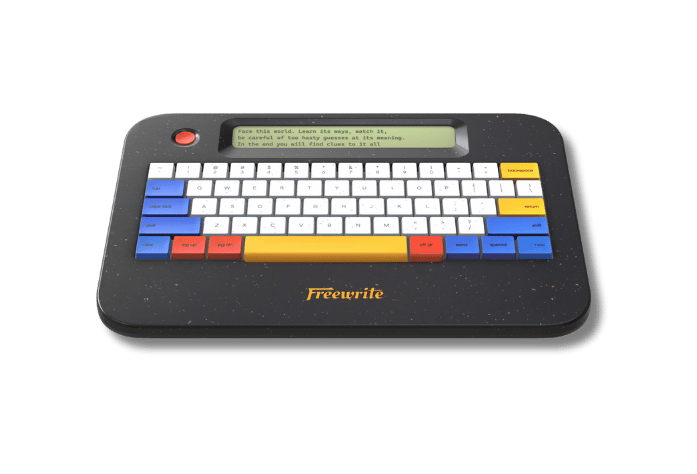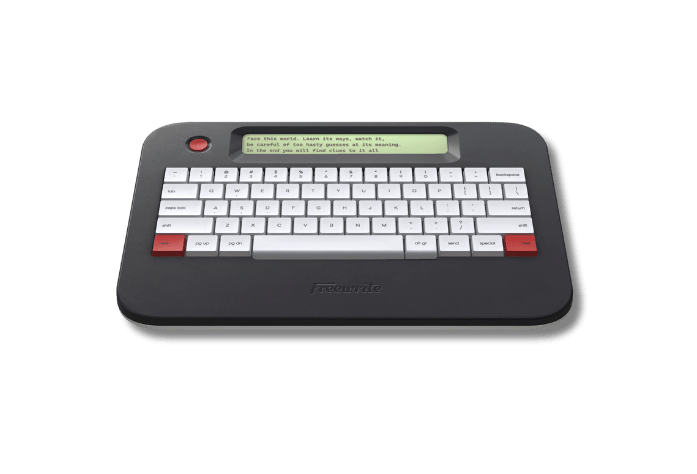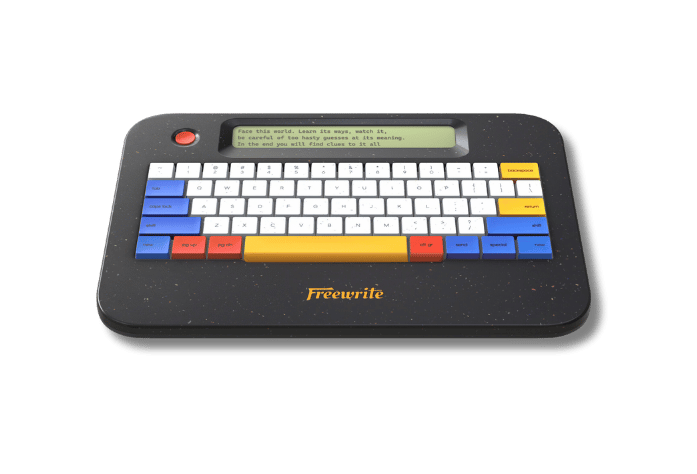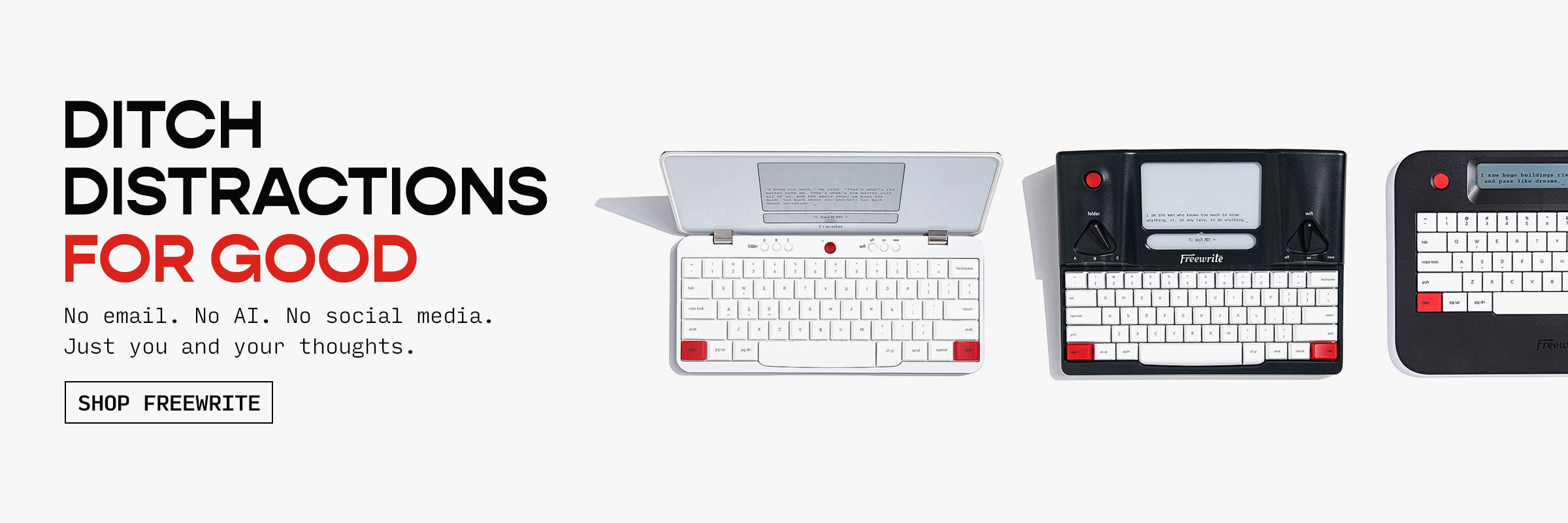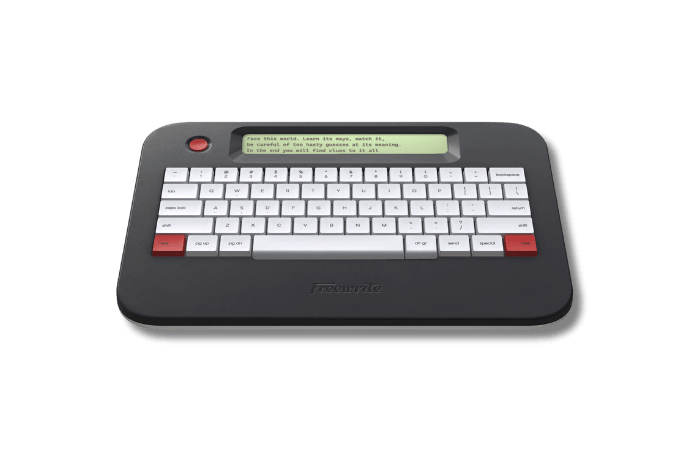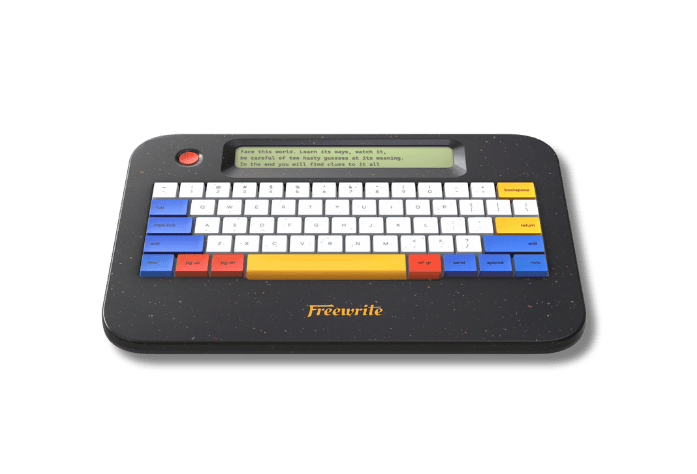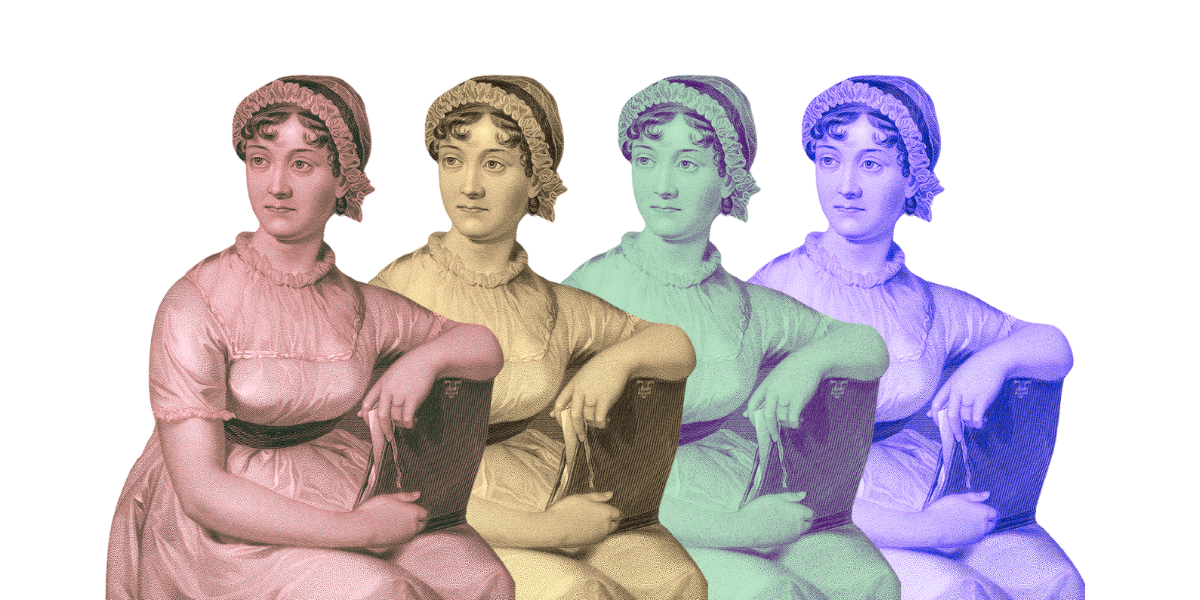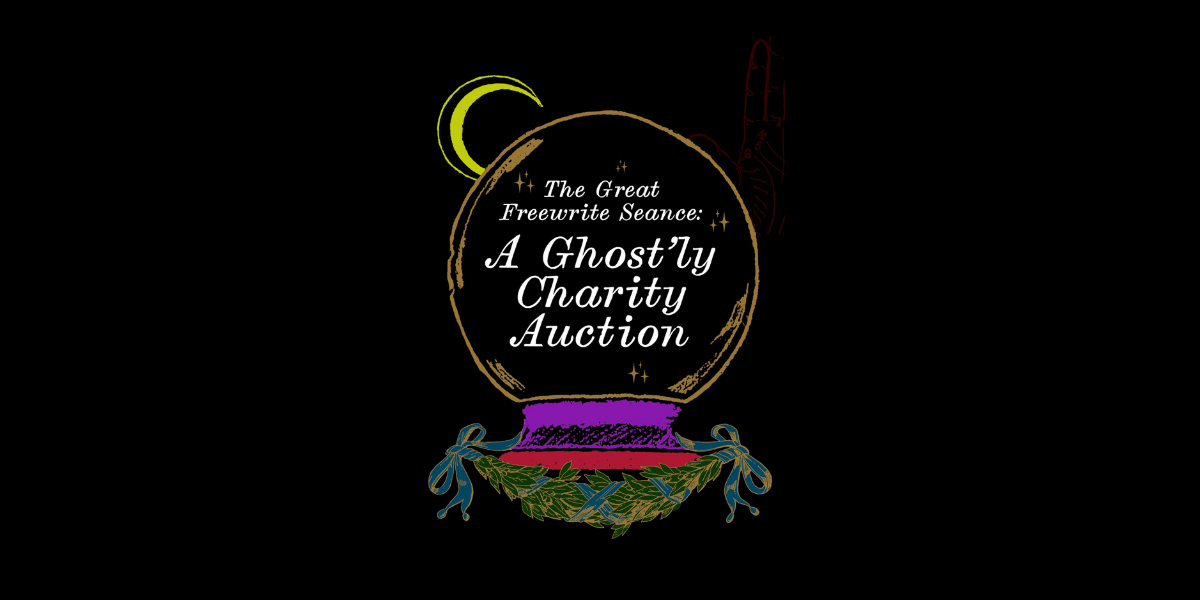By the time this article is published, it will already be out of date.
That’s simply how fast Large Language Models (LLMs) and Artificial Intelligence (AI) applications are improving.
In the last year alone, we’ve gone from AI as future-state to current-day. It’s already a click away, right in our pockets with apps like Chat GPT and assistants like Google Gemini. And it’s about to get even closer, embedded into our most common daily tasks like checking email and sending messages. Apple just announced that their latest operating systems across iPhones, iPads, and Macs will integrate OpenAI. Keep in mind that as of writing, there are about 1.46 billion active iPhone users in the world. That’s one in seven humans in the world, interacting every day with technology that was once the stuff of science fiction.
And while AI has capabilities that range from coding to image generation, the model that excites — and terrifies — writers is the LLM. Here’s how Google Gemini defines it:
“Generate language like a human”?
The thought sends a shiver up the spine of any aspiring novelist. But there’s no denying that it’s true. From poetry to nonfiction to reducing complex pieces of writing into bullet points, the more time goes by, the uncannier LLMs are in their abilities to imitate human intelligence. And that’s because they’ve been learning from us. These models are fed human writing. By now, most of us have unwittingly agreed to a Terms of Service that turns our personal data over to be churned and burned in AI training. Just look at the recent headache Adobe caused.
It won’t be long before we see the world’s first blockbuster novel, written entirely by an LLM.
What does this mean for art, and writers in particular? Is it all doom and gloom? Will we really be "replaced"?
And if a machine can generate a bestselling novel, is it even worth trying to write one at all?
The answer is, of course, more complicated than yes or no.
Every new technology brings struggle. But rather than fear change, writers can do something that a machine still can’t do, no matter how intelligent it is:
Imagine.
We already know these LLMs will change the world, whether we like it or not. With a little imagination, we can be part of that change, for the better.
Here are four ways writers can flourish in the age of AI.
Every new technology brings struggle. But rather than fear change, writers can do something that a machine still can’t do, no matter how intelligent it is: Imagine.

1. We’ll be more productive.
Blaise Pascal once said, “I would have written a shorter letter, but I did not have the time.” The fact of the matter is this: Writing well is time consuming. It involves inserting, deleting, shuffling, rearranging, and in many cases, starting over completely.
The creators of LLMs tout their abilities to streamline writing. They suggest edits, trim excess, and even predict our next words as we compose. Beyond editing, they can even compose for us. All of this can increase our speed and efficiency. But what do we stand to lose when we turn over some of our creative acts? Are we forfeiting our ability to think for ourselves when we turn over the grunt work?
Far from it. Let LLMs write that email. Let them take on busywork. With crafted prompts and a careful eye on the output, writers are the best poised of anyone to utilize LLMs to their greatest potential. And we’ll save plenty of time while we’re at it.
Let LLMs write that email. Let them take on busywork.
Would we call a mathematician a cheater, fraud or less of a thinker for using a graphing calculator? Let’s imagine for a moment taking Algebra II without one. Sure, we can do so by hand — that’s how humans learned complex equations in the first place. An LLM is really a language calculator. Think of the time saved with a few swift buttons. Like an engineer designing a bridge, we can chart, map, course out a plan, test, and see if a thought is viable. We can create an outline, give a thought structure, and crumple up the metaphorical paper.
Long gone are the days of succumbing to the sunk cost fallacy. We can chase wild ideas and take care of daily writing tasks without worry. This revolution already happened for graphic artists. In the 1960s, a designer at an advertising agency had to create sketches and paintings by hand for pitches, throwing the whole thing out when the direction changed. Now, dozens of options can be honed and edited in a fraction of the time, without losing any of the creative mastery. Let’s imagine a future where LLMs do the same for writers.
Finally, let’s not forget where the personal meets the creative. As writers, we tend to think of AI in the LLM context. But as Apple has shown, AI as a product will be integrated into our lives in a multitude of practical, not creative, ways. Imagine if your household labor could be streamlined — getting a few more hours of writing in without having to do the dishes or fold the laundry. We may be closer to that future than we think.

2. We’ll take more risks.
AI is a commercial product. And to be viable, every commercial product needs to be reliable. Ultimately, it needs to not fail at the task it was assigned to—and it will go to great lengths to avoid failure. This is risk aversion, and it’s the enemy of great art.
It’s entirely possible we’re on the cusp of a world where a bestselling novel is written with or entirely by LLMs. Picture AI-generated titles popping up on towels at the beach every summer. We might pick them up at the airport or for a camping trip — and we honestly might enjoy them. There’s a time and place for an easygoing, risk-free summer read. Even if it was written by an LLM amalgamating every beach read available on the internet.
Here's the flip side. There will be a proliferation of authors willing to take incredible risks to break out. Because although we as humans might fear failure, we will never let it stop us. We are not created to be tuned, honed, packaged up and sold to the highest bidder. We answer to ourselves, and our own muses. Even at the risk of being wrong. Or failing.
And that makes for incredible art.
We’ll see risks taken in format, narrative, point of view and in characters. The more LLMs rely on commonality and the safest answers (even when prompted to take a risk!), the more we’ll see groundbreaking novels break through barriers we didn’t even know existed.
After all, intelligence and imagination are two different things.

3. We’ll hone our styles.
If you haven’t already used your favorite LLM to write a history lesson in the voice of Ru Paul, you should bookmark this page, head to Chat GPT, and give it a try. In the hands of a creative mind, “X in the style of Y” can lead to hilarious and even touching results. That’s partially because LLMs specialize in this type of clear imitation. They can scan through the words of a living person or famous author, pick up its style, and create a calculation that — odds are — sounds like that person.
In its tendency to avoid risk, LLMs err on the side of what’s most likely. Scanning through a database of creative fiction where I use “dark” to describe the future and you choose “gloomy,” AI will need to calculate which word it ought to use in a prompt about the state of the world. The “right” word will most likely be the word that’s most often used.
This prioritization of commonality is a flattening of style.
Into that world, we bring all the living, breathing texture of stylistic nuance.
Writers will expand our vocabularies and toolkits, honing our voices into unmistakably authentic weapons that cut through the static of common denominator language.
We’ll even ignore the suggestions LLMs will make — not because they’re wrong, but because they’re not us. Whether we write fiction, poetry, or articles, we’ll use our unique lived experiences to bring more life into what we write.
We can even use LLMs to hone our individual style. Tolkien wouldn’t be Tolkien without his fully fledged and functional in-universe languages. With AI at our disposal, we won’t need a knack for — or degree in — linguistics to be able to do the same. With a basic understanding, the right prompts, and this powerful tool at hand, we can create entire worlds in a fraction of the time it took the masters. And in doing so, we can turn our pens to honing our style … rather than getting caught in the grammatical differences between Elvish and English.
This prioritization of commonality is a flattening of style. Into that world, we bring all the living, breathing texture of stylistic nuance.

4. We’ll share the creative act — or, “Get personal.”
Picture this: You’re sitting in the dim auditorium of a theater, or the bay window of an independent bookstore. You clutch your treasured tome between your hands, nervously shifting from foot to foot. You’ve been waiting all night, and finally, it’s your time. You hand your book to the human across the table. They look you in the eyes, reach out, take it, and inscribe a message that will alter the course of your life.
Whether we’ve been to their book signings or were born long after our favorite writer left this world, we’ve all felt the transcendent pull between author and reader.
No matter how sophisticated, no matter how advanced, no matter how streamlined they become, a Large Language Model will never sign a book. Our humanity ties us to one another. From author to reader; from reader to author; from critics to editors to beyond. Whether an author has throngs of fans or a few friends and family who come to readings, we write to share. We don’t just produce.
In the end, all Artificial Intelligence works in isolation. Their experience is taken, not shared. They don’t collaborate, they regurgitate.
And it’s because of this that the future state of writing will be collaborative beyond our wildest dreams.
All we have to do is imagine it.
In the end, all Artificial Intelligence works in isolation. Their experience is taken, not shared. They don’t collaborate, they regurgitate. And it’s because of this that the future state of writing will be collaborative beyond our wildest dreams.



